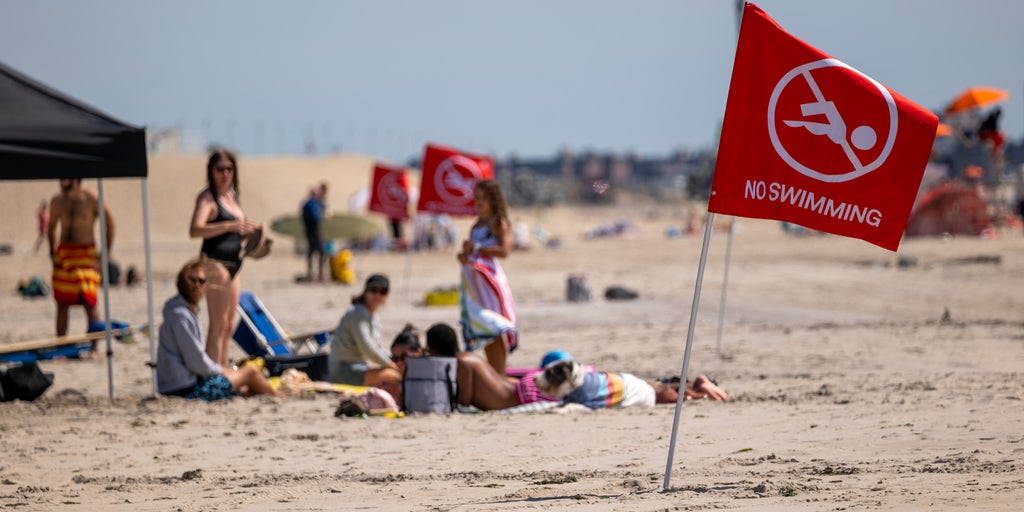Your beach visit might become significantly safer in the future, all thanks to artificial intelligence advancements.
A team of researchers at the University of California Santa Cruz, spearheaded by Professor Alex Pang, is actively working on innovative A.I. algorithms designed to identify and monitor potential threats along the shoreline. This groundbreaking technology, as reported by the Santa Cruz Sentinel, could play a pivotal role in saving lives by detecting hazards and monitoring rip currents or riptides. These natural phenomena, responsible for approximately 80% of ocean lifeguard interventions according to water safety expert Gerry Dworkin, can now be better managed with the aid of AI.
The inspiration for this life-saving technology struck Pang during a windsurfing excursion with friends. He realized the challenges of spotting rip currents, even for the trained eye, as his friends could easily identify them while he struggled. Pang shared, “They would point out a rip, and I would look in the water and say, ‘That’s just water.‘”
Rip currents, as explained by the National Weather Service, transport sand, organisms, and other materials away from the shore. While safety protocols advise individuals caught in these currents to swim parallel to the shore instead of fighting the flow, water-related risks can quickly turn fatal. Hence, proactive measures like the ones being developed by Pang’s team are crucial for prevention.
Moreover, experts like Chris DeJong emphasize the importance of heeding flag warnings at beaches. A yellow flag indicates expected rip currents, while a red flag signals the presence of a “dangerous” rip current.
In collaboration with NOAA scientist Gregory Dusek, the researchers are enhancing an existing model to predict rip currents’ hourly probability up to six days in advance. Pang’s detection model aims to provide real-time rip current alerts, continuously refining its recognition capabilities through cutting-edge technology.
Utilizing machine learning, a subset of AI focused on enabling technology to “learn” without explicit programming, Pang and his team trained the algorithm to identify rip currents using images. This advancement equips lifeguards with critical information to prevent water-related accidents and save lives effectively.
The ultimate goal is to have the system alert lifeguards only when individuals are detected in rip currents. The technology can even differentiate between people and surfers, enhancing its precision in identifying potential threats, as per the Sentinel report.
Beyond shoreline safety, AI has been leveraged in various ways to enhance water safety. For instance, a local YMCA facility in Ann Arbor, Michigan, utilized technology from Israeli company Lynxight to detect distressed swimmers in their aquatic center, significantly reducing the risk of drownings.






